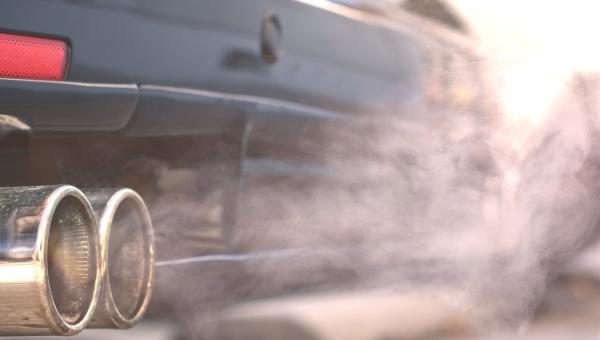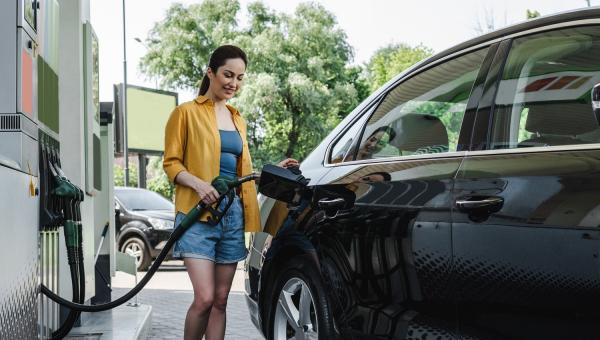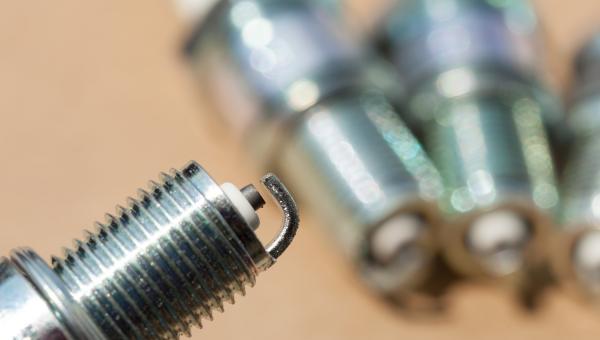Test Drive Notes Library
-
 Pros
Pros
- Redesigned and improved. With an all new 2022 design, Nissan fixed two serious problems with the old Pathfinder. Its looks and its handling.
- Looks. The OG (1980’s, 1990’s) Pathfinder was a cool looking vehicle. Of course, it was from Grandpa’s generation of SUVs that were based on pick up trucks. But it sure looked good. When Nissan last redesigned the Pathfinder in 2012, it morphed into an anonymous, gelatinous blob. Call it “Rental Truck.” Well, that’s been fixed. The new Pathfinder is great looking. It looks rugged and distinctive again. It even harkens back to the original with trapezoidal windows between the C and D pillars. More people will buy this Pathfinder based on its improved looks alone.
- Handling. The other thing we instantly hated, and never stopped hating, about the last generation Pathfinder was its handling. Nissan borrowed the last Pathfinder’s suspension from a 1987 Buick. It rolled and leaned and wallowed through turns, making us grateful to get to our destination. Well, Nissan has fixed that, too, and the handling is now quite good. The body stays pretty flat, even on windy roads, and its predictability inspires confidence.
- Interior. Our SL test car with several option packages came equipped with a great, matte black interior. The looks are clean and sophisticated. Front seats are comfortable. There are soft surfaces everywhere. Controls are well thought out and ergonomically sensible. Controls have a solid feel. Even at highway speeds, the cabin remains quiet, with minimal wind noise.
- Second row seating. Those relegated to the second row, rejoice. The optional captains chairs are very comfortable, and foot room is downright commodious. No one will mind riding back there.
- Drivetrain. Nissan replaced the previous Pathfinder’s continuously variable transmission with a smooth 9-speed, traditional automatic. It upshifts very smoothly. The engine is Nissan’s time-tested and many-times-updated 3.5 liter naturally aspirated V6. With 284 hp, it gives you everything you need in terms of acceleration.
- Screen interface. The infotainment screen is laid out pretty clearly. It’s easy to find what you want, and there’s a home (called Menu) screen that, while a little cluttered looking, gives you access to all the basics you’ll be looking for. Fortunately, there are hard buttons for volume, temperature, seat heaters, and other commonly used accessories.
- Safety standard. Fully loaded, at just a click below $48,000, our Pathfinder had all of the modern, effective safety systems one would want and expect in the year 2022.
-
 Cons
Cons
- Slow downshifts. There were lots of times where we wanted to accelerate suddenly, in suburban traffic, or to pass on the highway, and there was a lag between stepping on the accelerator and the transmission downshifting. It happened enough to be annoying.
- Firm ride. The improvements in handling come at the expense of the ultra-soft ride that the old Pathfinder featured. It’s a trade off we’ll take, but you do feel some potholes transmit into the cabin. And despite very decent handling, there is little steering feel. There’s a numbness to the steering that makes it feel less sharp than it actually is.
- Steerage class. The third row, despite being easy to get to, is hard to stay in. It’s for kids only, and is probably smaller kids at that.
- Wireless Car Play issues. Like a number of cars we’ve driven with wireless Apple Car Play, the Pathfinder had wireless car play gremlins. Once connected, it would mostly stay connected. But sometimes —but not others — when you came back to the car and restarted it, you’d have to reconnect Apple Car Play. Like we said, it may be the technology (and urban interference) more than Nissan’s implementation, but it would be an annoyance if that was a feature we relied on.
Test Drive Notes Library
Get the Car Talk Newsletter
 Pros
Pros Cons
Cons


